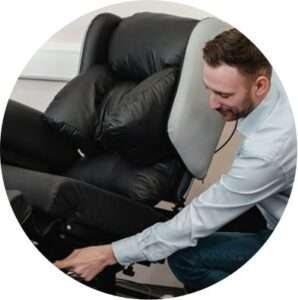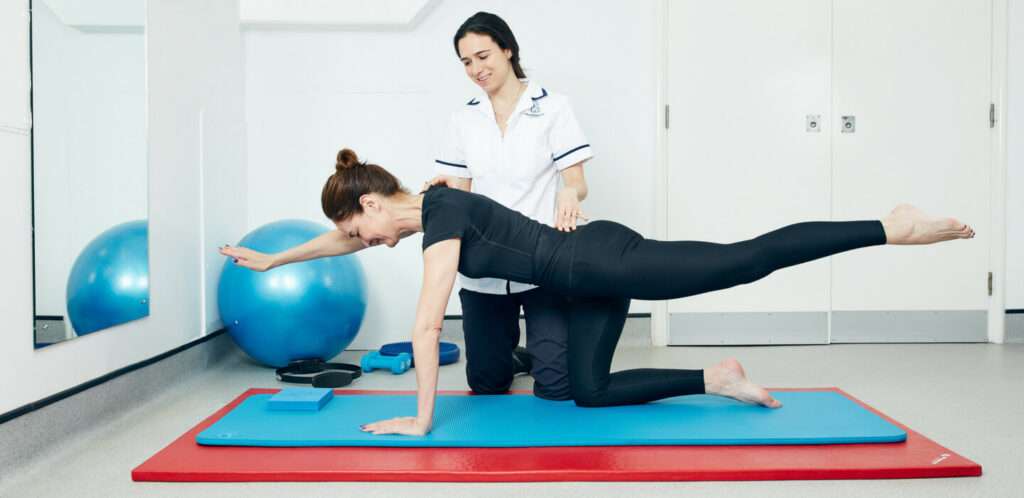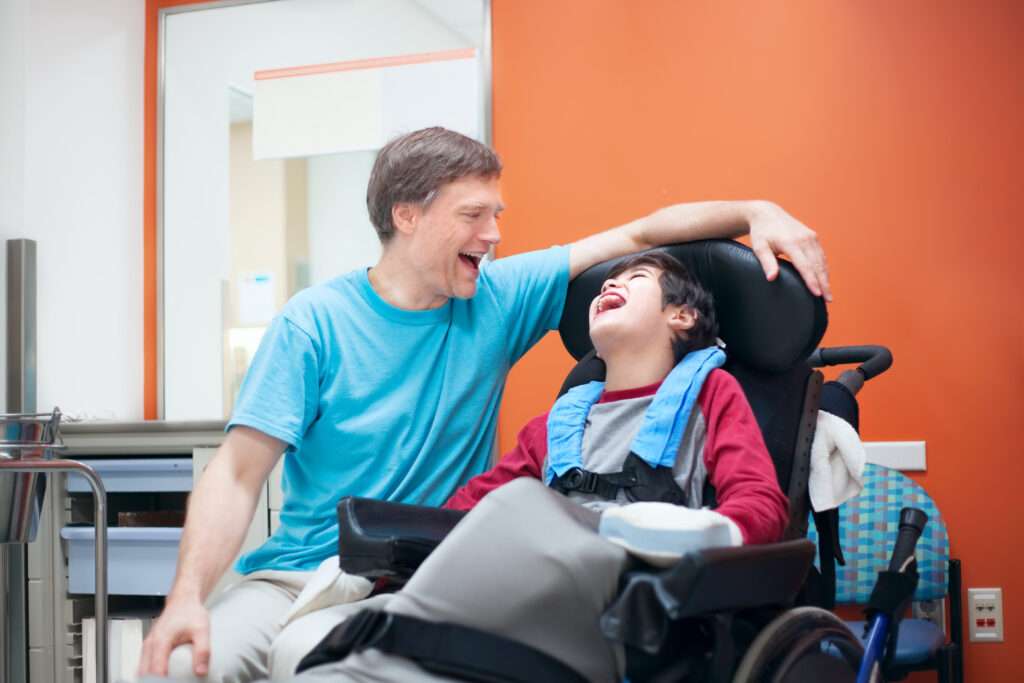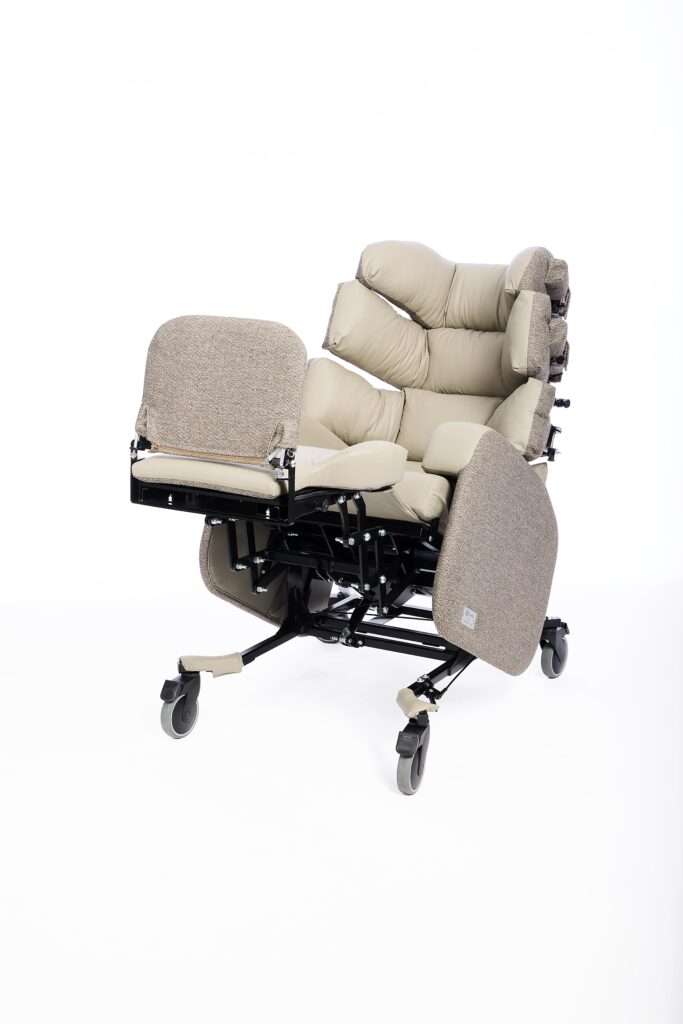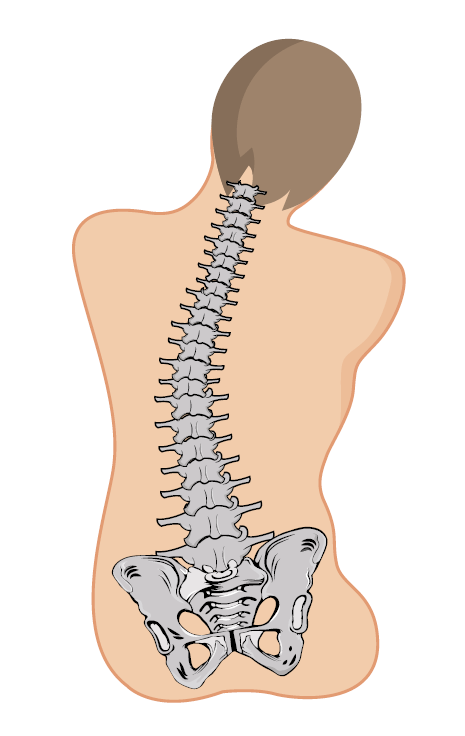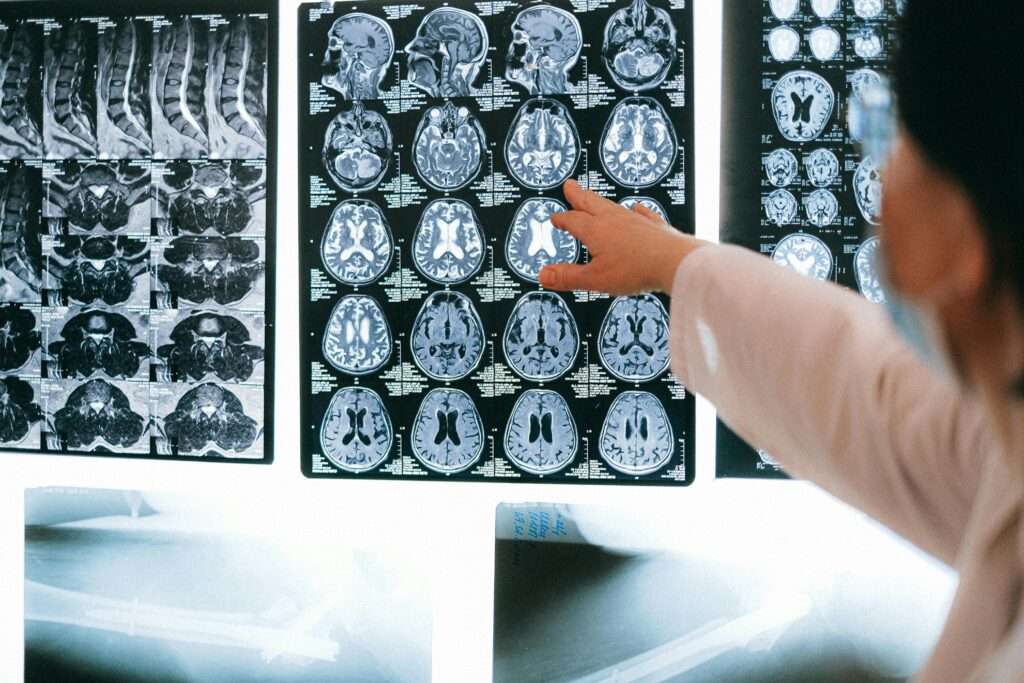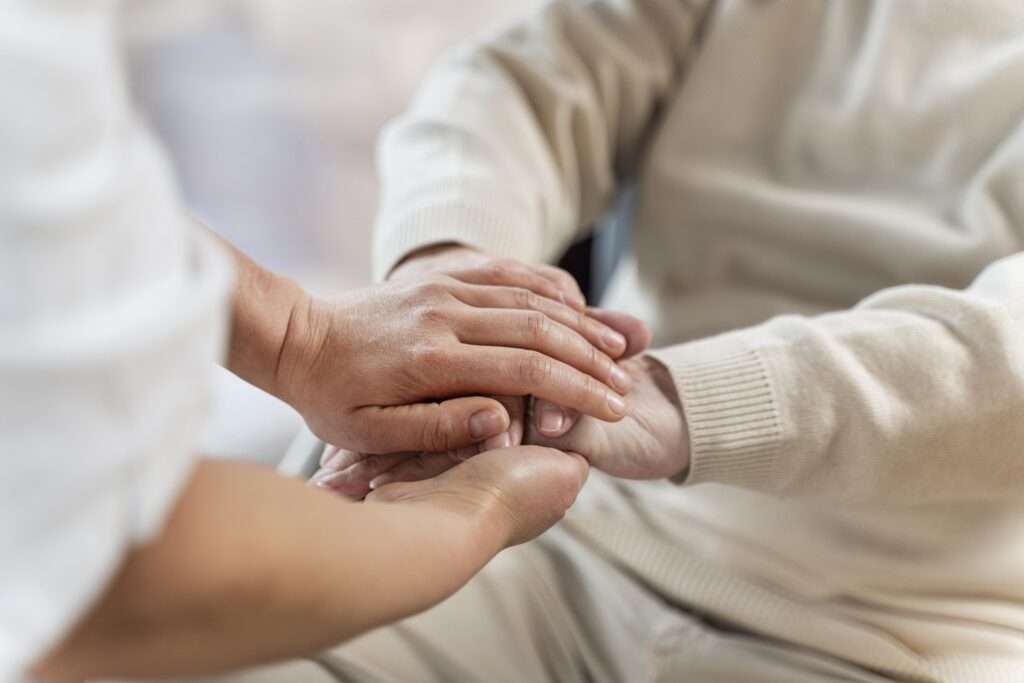Living with Ehlers-Danlos Syndrome (EDS) or joint hypermobility can make everyday activities like sitting for long periods surprisingly difficult. EDS is a connective tissue disorder that causes the skin and other tissues to become unusually stretchy. For many people, this leads to joint instability, chronic pain, and fatigue, and finding the right chair can make a big difference.
Because the joints are excessively flexible, the muscles work overtime to stabilise the body, often resulting in muscle fatigue, back pain, and poor posture such as hyperlordosis (excessive lower spine curvature) or sciatica. A supportive, well-designed chair can help reduce these problems by improving posture and relieving stress on the joints.
Jump straight to…
Common Seating Challenges in EDS and Hypermobility
Many people with EDS experience similar struggles when sitting for long periods:
- Difficulty maintaining posture – leading to cross-legged sitting for extra stability
- Lower back pain or sciatica – due to unstable spinal joints
- Pelvic tilt and hyperlordosis – causing ongoing discomfort
- Neck and shoulder strain – from unsupported posture
The goal of good seating is to support the body’s natural alignment and take pressure off muscles that are already overworking to stabilise hypermobile joints.
Key Features to Look for in Chairs for EDS
1. Lumbar and Pelvic Support
A chair with good lumbar and pelvic support helps maintain a neutral spine and prevents slouching or hyperextension. Adjustable lumbar cushions or contoured backrests are ideal to provide consistent lower back support.
2. Upper Back and Shoulder Support
Look for a high-backed chair that supports the thoracic spine and shoulders, promoting better posture and reducing fatigue.
3. Head and Neck Support
Adjustable headrests and waterfall cushions help fill gaps and keep the head and neck aligned. This is especially beneficial for those with cervical spine instability or frequent neck pain.
4. Soft but Supportive Cushioning
EDS can make pressure points more painful, so pressure-relieving foam or viscoelastic materials are ideal. They offer gentle support without causing sinking or slumping.
5. Breathable Materials
Some people with EDS have sensitive skin or issues with temperature regulation. Chairs made with breathable mesh or soft fabrics help reduce heat and skin irritation.
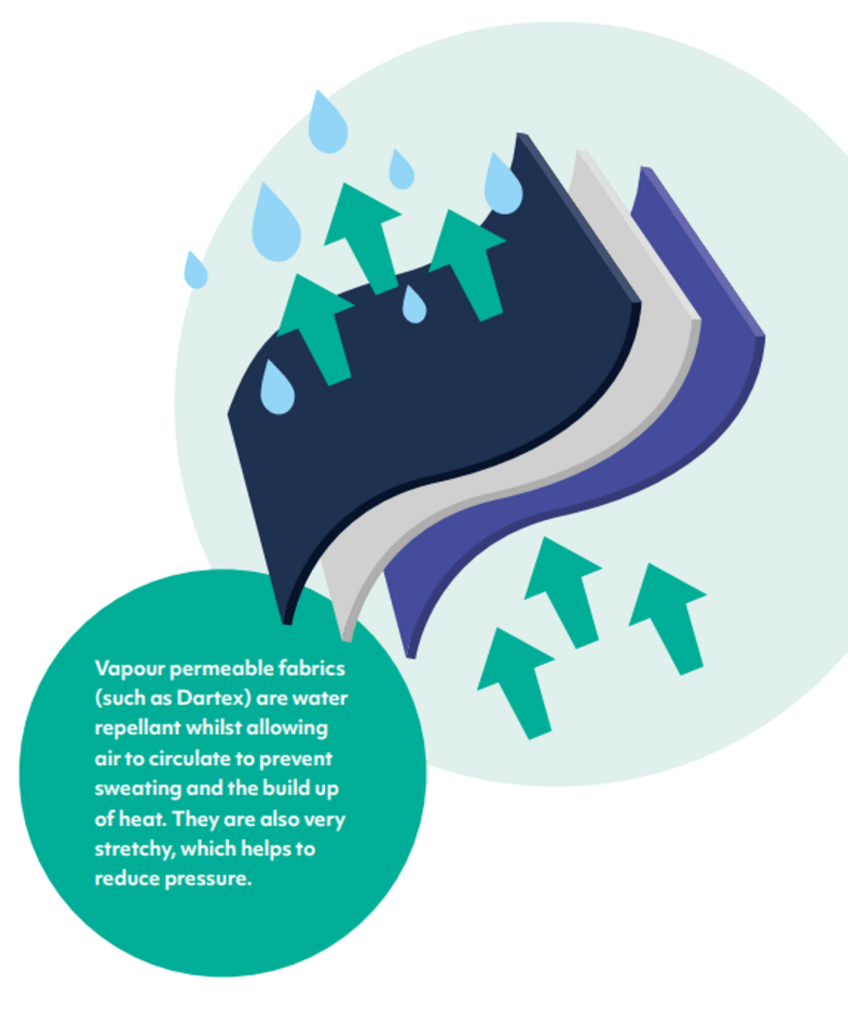
Properties of vapour-permeable fabric
6. Multi-Adjustability
EDS symptoms can vary daily, so it’s important to have a chair with adjustable height, depth, recline, and armrests. Being able to change positions throughout the day reduces fatigue and promotes comfort.
7. Tilt-in-Space
Last but certainly not least in the list of key features for EDS is tilt-in-space. Tilting back and using gravity to redistribute pressure allows the muscles to rest, as they aren’t working overtime to maintain body posture when the body is fully supported in the tilt-in-space position.
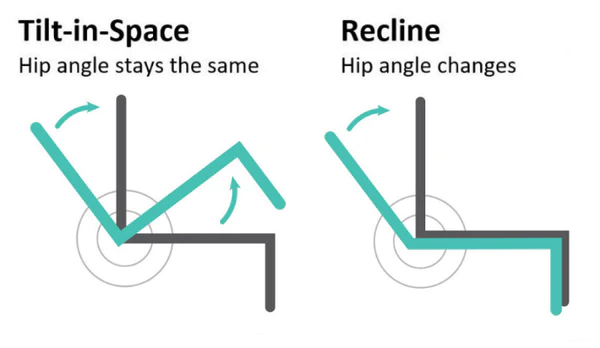
The difference between Tilt in Space & Back Angle Recline
Specialist Seating Options
Lento Care Chair
The Lento Care Chair offers full adjustability, from seat depth and back angle to leg and footrest positions. Its lumbar and upper back support and pressure-relieving cushions make it a great option for those who experience pain or instability while sitting. Designed for care and comfort, it adapts as your needs change.
Lento Mobile Riser Recliner
For users who struggle to move between sitting and standing, the Lento Mobile Riser Recliner provides motorised lift and recline support to ease pressure on joints and muscles. Its adjustable head and lumbar cushions deliver tailored spinal support, ideal for managing EDS-related fatigue and back pain.
Each of these chairs can be fully configured to individual needs, offering lasting relief for people with complex seating requirements.
Tips for Managing Sitting Comfort with EDS
Use support cushions to fill gaps and maintain spinal alignment.
Adjust your workspace — keep screens at eye level and feet flat or supported on a footrest.
Change posture regularly to prevent stiffness or poor circulation. Tilt in space is a very useful function for changing position and posture.
Avoid rigid postures — comfort is dynamic, so small movements throughout the day will help prevent muscle fatigue.
Conclusion
For those with Ehlers-Danlos Syndrome or Joint Hypermobility, having the right chair can relieve pressure, reduce fatigue, and improve their ability to sit comfortably for longer periods.
To find the right chair for your home or care setting, book a free seating assessment with us.
Book a Seating Assessment
Frequently Asked Questions
Q: How does a specialist chair help with Ehlers-Danlos Syndrome?
A: Specialist seating supports your spine and pelvis, reducing the effort needed to maintain posture and minimising joint strain.
Q: Can I use a specialist chair at work or at home?
A: Yes, our range includes chairs suitable for both home and professional settings, with stylish yet clinical design options.



